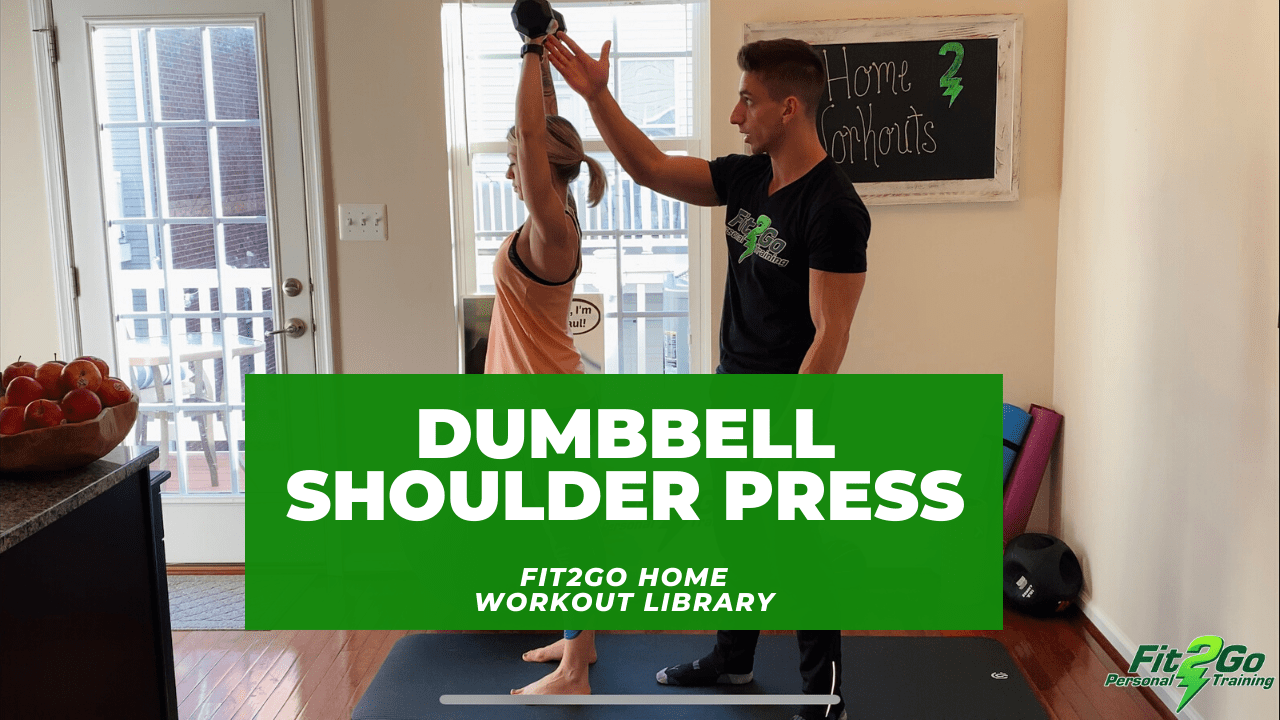
22 Jan Dumbbell Shoulder Press
Do you want to know why a total of $39 BILLION is spent annually on shoulder injuries?
Here’s the reality:
Your shoulder, more specifically your glenohumeral joint (the one that connects your arm to your torso), is the most mobile joint in the human body.
That makes the shoulder joint a fascinating spectacle to be studied and admired.
But it also makes the shoulder joint extremely prone to injury, movement dysfunction, and chronic, aching pain.
Here’s one more fascinating, but dangerous reality:
Your body will adapt to whatever environment you put it in.
It’s an incredible survival mechanism.
That is… except when your environment is sitting in a chair hunched over you computer. Just a few years of hanging out in that environment is enough to alter your body’s posture and movement patterns.
Considering how insanely mobile and flexible your shoulder is, when you spend every day in this hunched over position, it’s the joint that does the most adapting.
This adaptation mechanism is how your body keeps you alive. But it’s also a vicious cause of chronic tightness and pain.
So what should you do if you’re currently dealing with shoulder pain?
Well, many experts will tell you to avoid any movement that causes pain. This usually means you stop working out your shoulders altogether.
I’m not a fan of this approach. In fact, I’m vehemently against it.
Pain is an indication that something is not right. Certainly, you don’t want to just grit your teeth and push through it. But you also don’t want to ignore it.
Every day that you spend avoiding the movement that hurts, and doing nothing about it — that’s one more day that you’re training your body to limit its mobility and develop compensations. Ironically, it’s these resulting compensations that are most often the cause of the aching, chronic pain — not the original injury.
My approach isn’t to avoid the problem. It’s to face it head on.
So when a client tells me they have chronic shoulder (or any) pain, I get excited.
Does that sound insane? Sadistic, maybe?
Actually, it’s quite the opposite.
See, when a client is experiencing chronic shoulder pain, I know there’s a cause. We may not know what that cause is just yet, but there is one thing I’m 100% certain about — that cause exists.
I get excited, because I’ve just been handed a puzzle. I can’t say “if your shoulder hurts, it’s because of X, Y, and Z”.
Nobody can.
Whatever is going with your body is in some way unique to you, your idiosyncratic anatomy, and your daily habits.
That’s why each person’s unique shoulder pain is a new puzzle for me, and hey — I like solving puzzles.
So, while I can’t tell you what exactly is happening with your own body’s movement patterns over the internet, I can tell you the three most common mistakes people make when performing a dumbbell shoulder press.
That’s why I filmed this video for you.
Watch it. Please.
If you find that you’re regularly producing one of these movement compensations, well then you have a strong clue as to what the problem is and how to optimize.
Let’s dive in.
INSTRUCTIONS:
Starting Position: Stand with your feet shoulder-width apart, holding your abs and glutes tight. Hold a dumbbell in each hand, resting on your shoulders.
Step 1: Slowly, and with control, push the dumbbells up over your head. Bring them towards each other at the top of the movement, without actually touching them. Pause for 2 seconds at the top.
Step 2: Slowly reverse that movement, lowering the dumbbells back to your shoulders, resuming the starting position.
Step 3: Staying slow and controlled, bring your left foot back to return to the starting position.
Give the dumbbell shoulder press a shot and let me know how it feels. If you have any questions, ask them in our Facebook group, the Busy Baltimore Fitness Tribe, and I’ll help as much as I can.
Stay busy. Stay fit.
-Coach Dani
P.S. We’re opening up a few spots in the Fit2Go personal training and nutrition coaching program.
Are you ready to optimize your own health, fitness, and body composition?
Awesome. Fill out this quick form so we can discuss discuss your goals and make it happen.


